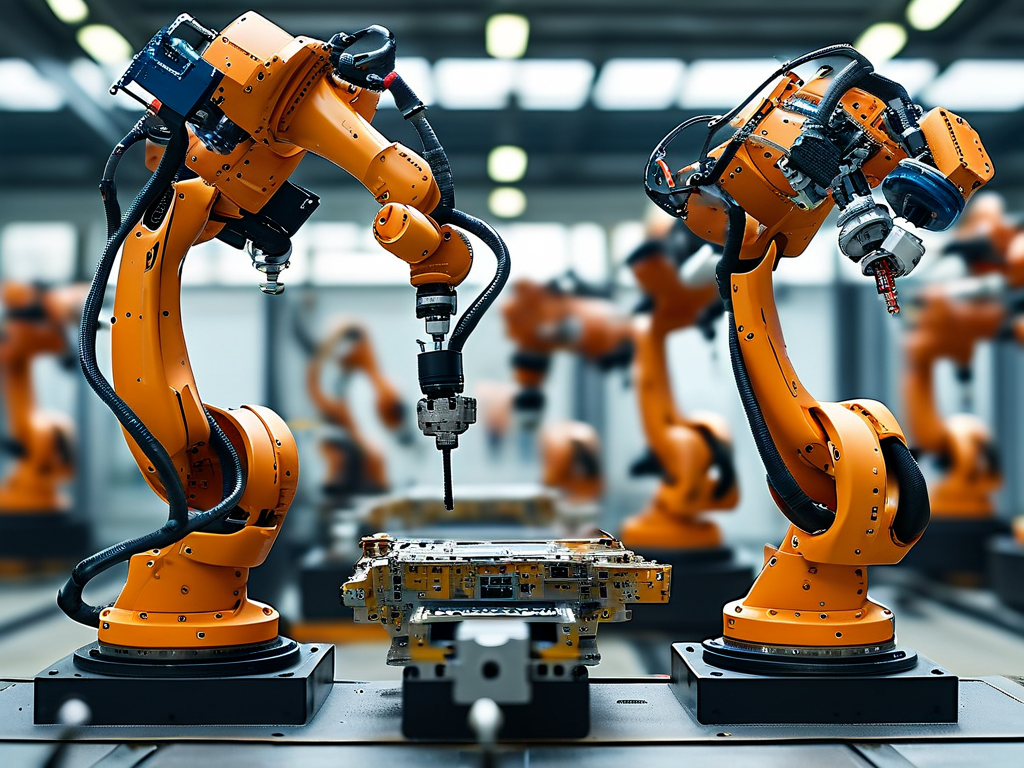The evolution of robotic assembly technology has revolutionized modern manufacturing, enabling unprecedented precision and efficiency. This article delves into the core methodologies, emerging trends, and practical applications shaping this field, offering insights for engineers and industry professionals.

Foundational Principles of Robotic Assembly
At its core, robotic assembly relies on integrating mechanical systems, sensors, and advanced algorithms to automate repetitive tasks. Modern systems employ vision-guided robotics to identify components, align parts with micron-level accuracy, and execute assembly sequences. For instance, collaborative robots (cobots) equipped with force-torque sensors adapt to variations in part placement, minimizing errors in dynamic environments. A notable example is the use of six-axis articulated arms in automotive production lines, where they handle tasks ranging from screw fastening to intricate wiring harness assembly.
Critical Technologies Driving Innovation
- Modular Design Frameworks: Modular robotics allows rapid reconfiguration of assembly cells. Companies like ABB and Fanuc deploy plug-and-play modules that reduce downtime during product line changes.
- AI-Powered Quality Control: Machine learning algorithms analyze real-time data from cameras and sensors to detect defects. For example, NVIDIA’s Metropolis platform integrates AI vision to inspect circuit boards at speeds exceeding human capability.
- Hybrid Human-Robot Workflows: Systems like Universal Robots’ UR10e combine human dexterity with robotic consistency, ideal for assembling delicate medical devices where manual intervention remains necessary.
Industry Applications and Case Studies
- Aerospace: Lockheed Martin utilizes robotic arms with laser scanning to assemble satellite components, achieving tolerances under 0.001 inches.
- Consumer Electronics: Foxconn’s "lights-out" factories employ fully automated lines to assemble smartphones, reducing production cycles by 40%.
- Renewable Energy: Tesla’s Gigafactories deploy custom robots for battery module assembly, ensuring thermal management systems are sealed with precision.
Challenges and Future Directions
Despite advancements, challenges persist. High initial costs and the need for specialized programming expertise limit adoption among SMEs. Additionally, interoperability issues between legacy systems and new robotics platforms create integration bottlenecks.
Looking ahead, researchers are focusing on self-calibrating systems that reduce setup time and edge computing to enhance real-time decision-making. The rise of digital twins—virtual replicas of physical assembly lines—will further optimize processes by simulating scenarios before implementation.
In , robotic assembly technology continues to redefine manufacturing paradigms. By embracing modularity, AI integration, and collaborative workflows, industries can unlock new levels of productivity while addressing current limitations. As these technologies mature, their impact will extend beyond factories into sectors like healthcare and construction, cementing robotics as a cornerstone of industrial innovation.









